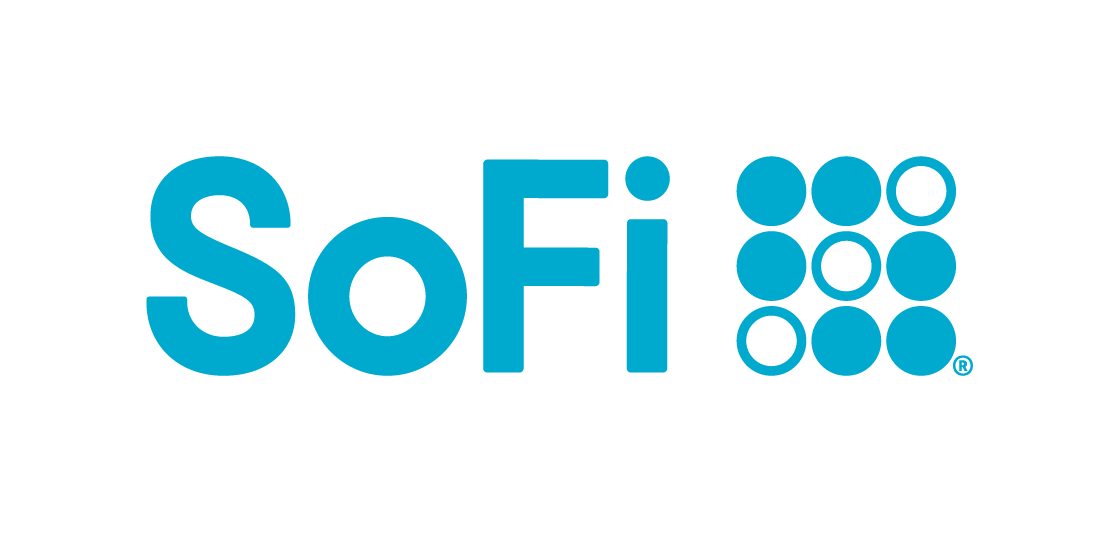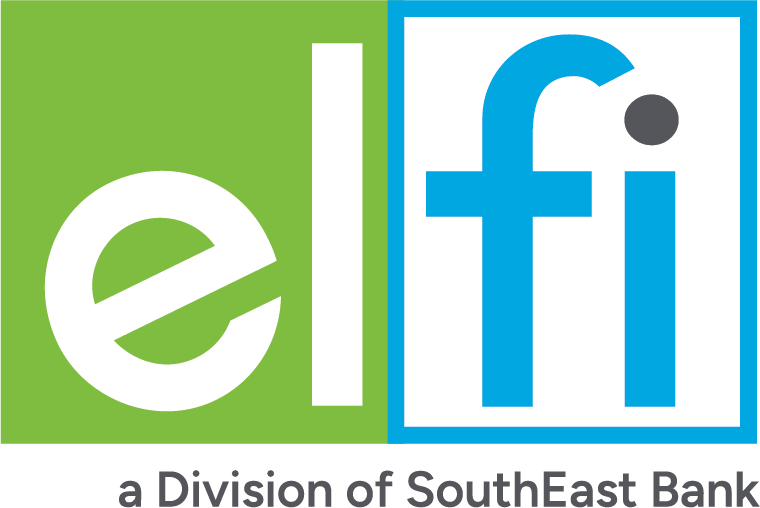When Should You Refinance Student Loans
It's smart to refinance private student loans as soon as you can get a lower rate than you currently have.

Many, or all, of the products featured on this page are from our advertising partners who compensate us when you take certain actions on our website or click to take an action on their website. However, this does not influence our evaluations. Our opinions are our own. Here is a list of our partners and here's how we make money.
Generally, the sooner you refinance student loans, the better.
When you refinance student loans, a lender pays off your existing loans with a new one at a lower interest rate. That can save you money in the long run — and from the very first payment.
For example, a $30,000 private student loan with an 8% interest rate has a $364 monthly payment over 10 years. Refinancing to a 10-year loan at 5% interest will save you $5,496 in total and $46 per month — enough to help cover an electricity, cable or phone bill.
Refinancing private student loans can be an easier decision if your credit score and income are high enough to qualify you a lender's lowest interest rates.
If you have federal student loans, refinancing will remove eligibility for programs like income-driven repayment, Public Service Loan Forgiveness and other student debt relief efforts, so consider if you need these programs before refinancing.
» CALCULATE: See your savings with refinanced student loans
powered by
When to refinance student loans
Not everyone can qualify to refinance student loans. You typically need a college degree, good credit and an income that lets you comfortably afford your expenses and debt payments. If you meet these requirements, consider refinancing in these circumstances:
The savings will make a difference. It’s not necessary to wait until you have perfect credit to refinance, as long as you can qualify for a better rate than you have now. See if the lender offers a student loan refinance bonus, to boost your savings even more.
You have private student loans. You pretty much have nothing to lose by refinancing private student loans because these loans aren’t eligible for federal loan programs that can lower your monthly payment or put you on track for loan forgiveness.
You have student loans with high variable rates. It can be difficult to predict payments with a variable rate loan, and even loans with low variable rates can get more expensive to repay. Before they rise, consider refinancing to lock in a fixed rate.
The rate environment is strong. Both fixed and variable private loan refinancing rates can change based on economic factors, like the Federal Reserve hiking or cutting rates. When rates lower, you may want to take advantage by refinancing.
Your finances have improved. If refinancing doesn’t make sense right when you graduate, consider it once you’re on sturdier financial footing. And if you previously refinanced but just paid off some credit card debt or got a raise, for example, you may now get a better rate — you can refinance as often as you want.

Readers also ask
When you shouldn’t refinance student loans
You generally can't or shouldn't refinance if:
You have federal loans and could see a drop in income. If there's a chance your income could decrease, don't refinance federal student loans. You'll miss out on federal student loan relief options, as well as government programs like income-driven repayment.
You're pursuing student loan forgiveness. Refinancing federal loans makes them ineligible for federal loan programs including Public Service Loan Forgiveness and Teacher Loan Forgiveness.
You recently declared bankruptcy. It's not impossible to refinance student loans if you've declared bankruptcy, but it's more difficult. Many lenders require that a certain amount of time — up to 10 years — must have passed since your bankruptcy.
How to refinance student loans
If you’ve made the decision to refinance, here are the next steps to take to get the refi process going.
Research lenders and get estimates. Look into a few lenders that will fit your needs and get rate estimates from each. Review lender requirements and loan terms like interest rate and repayment period.
Complete the application. Once you choose a lender, you’ll complete an application. If approved, you’ll need to sign final paperwork to accept the loan.
Wait for loan payoff. Your new lender will pay off the loan with your current lender. While you wait during this process, keep making payments to your existing lender until you confirm that it’s complete.
| Lender | Fixed APR | Min. credit score | Variable APR | |
|---|---|---|---|---|
Earnest Student Loan Refinance on Earnest's website | 4.29-
9.89% | 650 | 5.88-
9.99% | on Earnest's website |
 SoFi Student Loan Refinancing on SoFi's website | 4.49-
9.99% | 650 | 5.99-
9.99% | on SoFi's website |
LendKey Student Loan Refinance | 4.89-
9.04% | 680 | 5.54-
9.12% | on LendKey's website on Credible's website |
 ELFI Student Loan Refinance | 4.88-
8.44% | 680 | 4.86-
8.24% | on ELFI's website on Credible's website |
 Splash Financial Student Loan Refinance | 5.94-
8.95% | 650 | 7.60-
7.85% | Read review |

